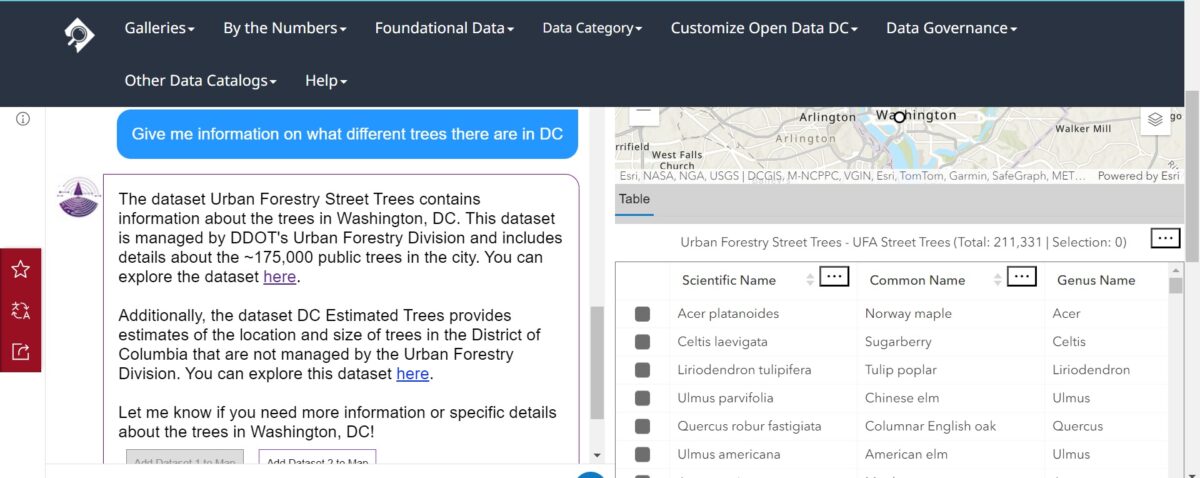Article by Gaby Del Valle: “The Consumer Financial Protection Bureau wants to propose new regulations that would require data brokers to comply with the Fair Credit Reporting Act. In a speech at the White House earlier this month, CFPB Director Rohit Chopra said the agency is looking into policies to “ensure greater accountability” for companies that buy and sell consumer data, in keeping with an executive order President Joe Biden issued in late February.
Chopra said the agency is considering proposals that would define data brokers that sell certain types of data as “consumer reporting agencies,” thereby requiring those companies to comply with the Fair Credit Reporting Act (FCRA). The statute bans sharing certain kinds of data (e.g., your credit report) with entities unless they serve a specific purpose outlined in the law (e.g., if the report is used for employment purposes or to extend a line of credit to someone).
The CFBP views the buying and selling of consumer data as a national security issue, not just a matter of privacy. Chopra mentioned three massive data breaches — the 2015 Anthem leak, the 2017 Equifax hack, and the 2018 Marriott breach — as examples of foreign adversaries illicitly obtaining Americans’ personal data. “When Americans’ health information, financial information, and even their travel whereabouts can be assembled into detailed dossiers, it’s no surprise that this raises risks when it comes to safety and security,” Chopra said. But the focus on high-profile hacks obscures a more pervasive, totally legal phenomenon: data brokers’ ability to sell detailed personal information to anyone who’s willing to pay for it…(More)”.

